A short wander over Cotherstone Moor to visit Lamb Hill and the old tank wreck.
On Location: Cotherstone Moor 27th April 2021
Please Note: This route is over “Open Access” land and uses public footpaths as much as possible. Dogs should be kept under close control and due to the ground nesting birds dogs must be on a short 2m lead between 1st March and 31st July. Battle Hill range lies next to this area so read and observe the access rules if the range is in use (Red flags will be flying). But if you follow this route then you will not be on the range area. The tank wreck visited on this walk is not a secret, it’s just that not many people know of it’s location.
Parking: Limited parking space in small layby on Cotherstone Moor GR: NY9965 1767
Route map: click on the arrow to play the route. GPX route available by clicking in the Plotaroute.com link at the bottom right.
We parked up and then followed the footpath heading west across the moor. It wasn’t long before we came close to one of the local residents- a handsome male red grouse. He let us know that it was his patch so we took heed of his warning and moved on quickly. Undoubtedly his other half was sitting tight nearby, probably on a nest full of eggs. With Bailey close to heel we left them undisturbed as much as possible.
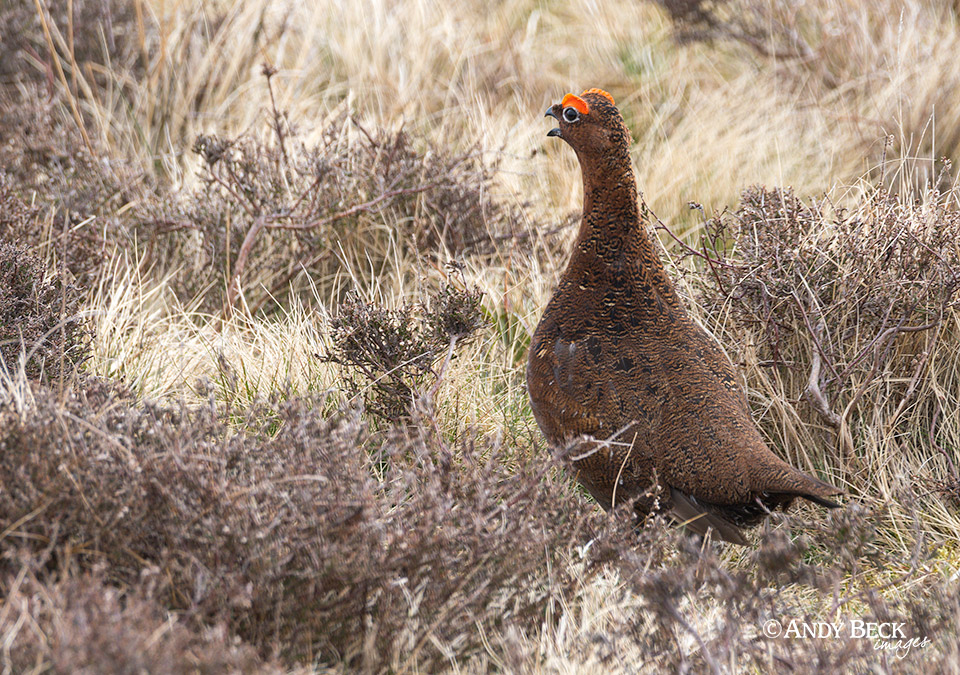
Continuing over the moor we pick up the vehicle track that leads up to East Loups’s which is amongst the trees on the skyline. Soon a line of grouse butts cuts across the track. Here we turn right (north) and follow the line of butts up to the summit of Lamb Hill.
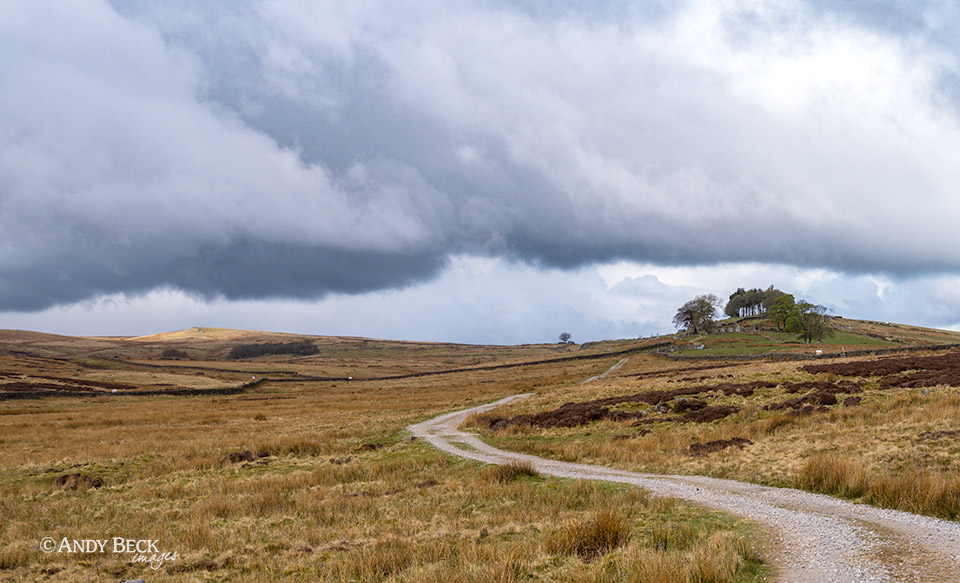
Lamb hill has a neat stone cairn and provides a fine view, not only over to Loups’s Hill but also over to Mickle Fell to the north west.
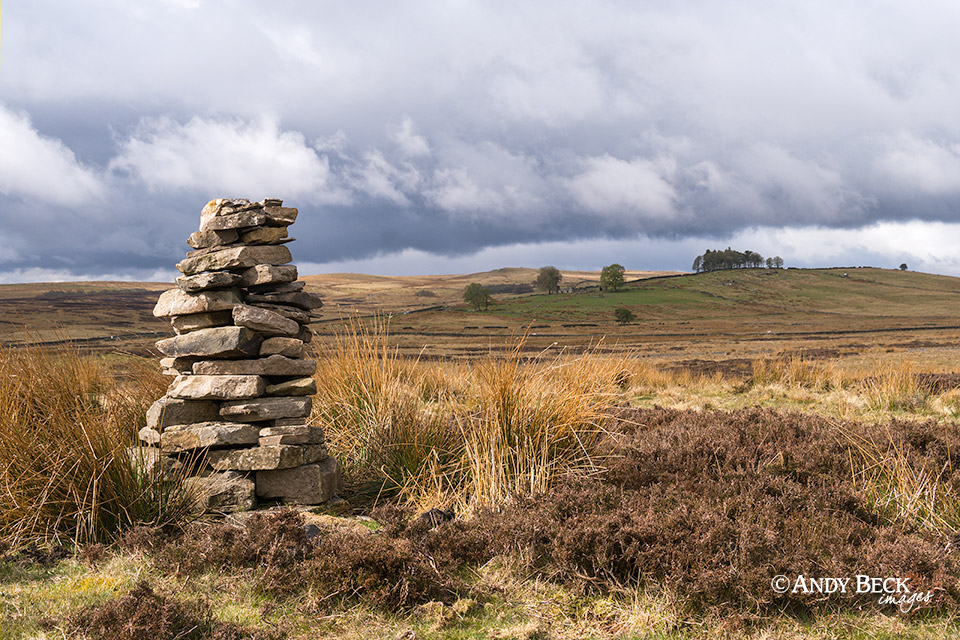
The flat top of Goldsborough over to the west was getting some sun under a layer of dark clouds.
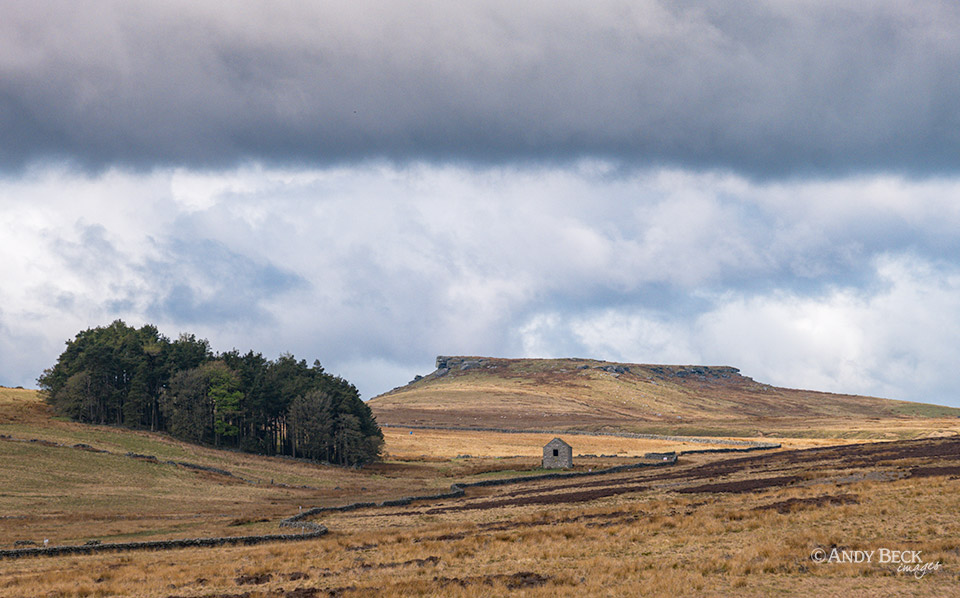
Purely out of curiosity I headed from the summit in a northerly direction to have a look at the old railway wagon on the moor.
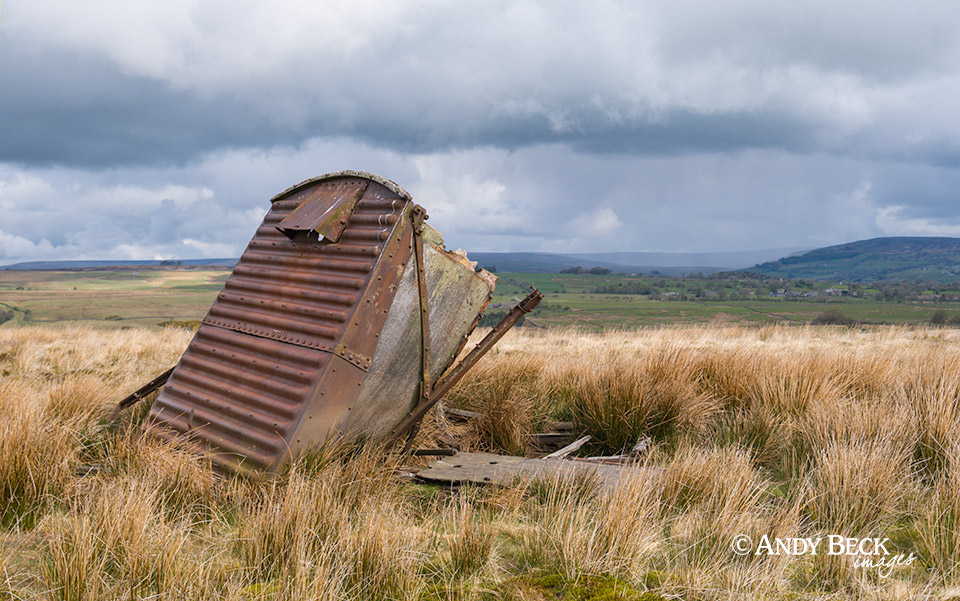
These old wagons are a fairly common feature on the moorlands of the north Pennines. They provided shelter and storage for farmers tending their sheep. Many, like this one have fallen out of use and are now decaying on the landscape. In the distance is the dale with rain moving in, the first that we have had for weeks. I moved on. By heading south east I made for the trig column on the skyline about 300m away.
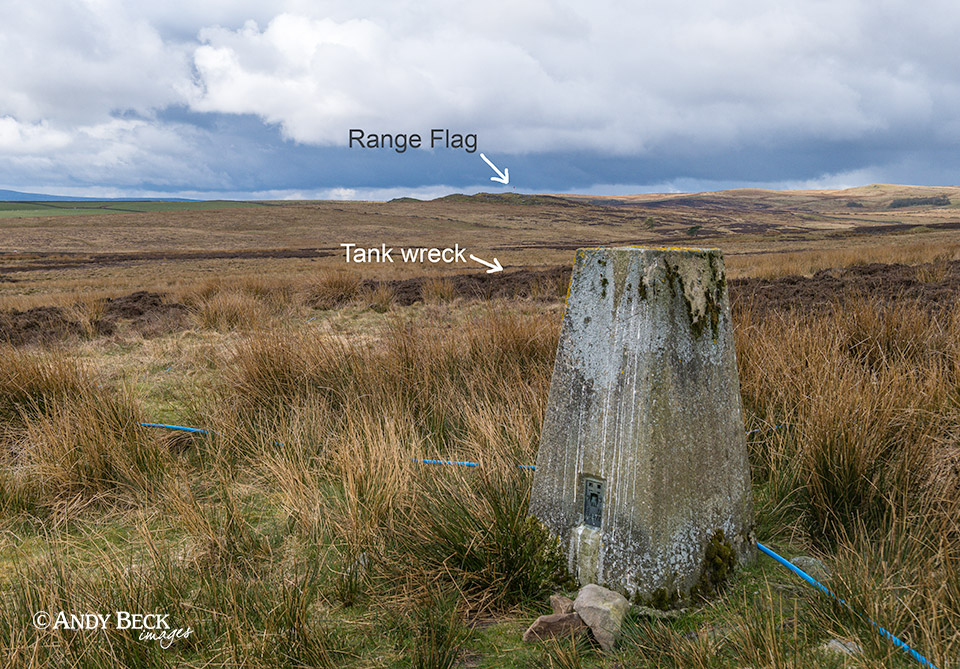
There is no exact name for this location on Cotherstone Moor for this trig column which is at 304m elevation. Currack Rigg is the name of the wider area. From here you can see our next location to visit. The area was used as a training area for the Army during the war years. There is very little evidence these days of this history on the ground. However, close to this trig column is the wreck of a light tank. If you stand at the column and head south east you will come across the remains after about 200m. GR: NY9852 1791.
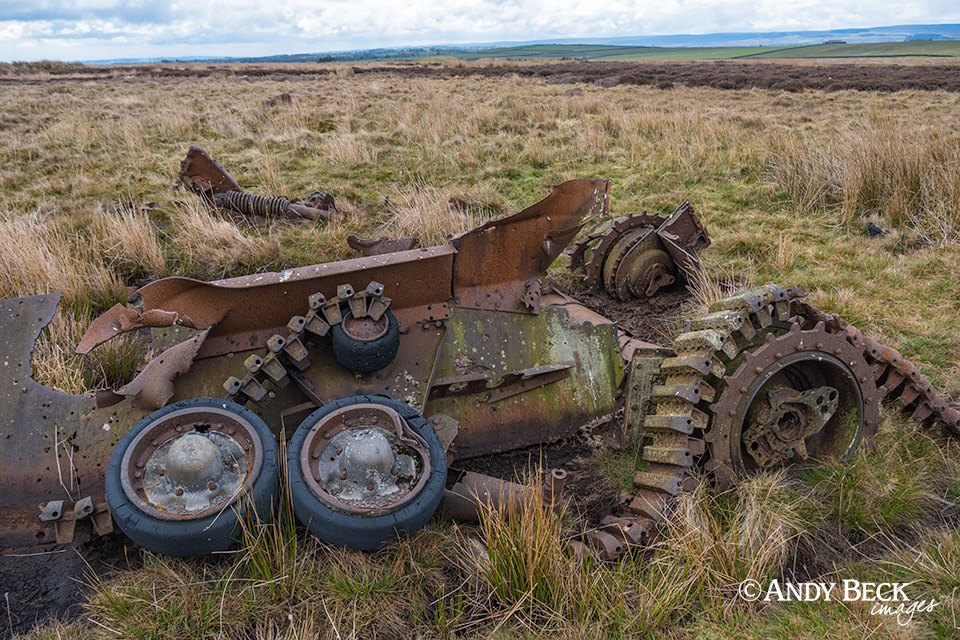
The remains are of a Valentine Infantry tank. Update: I have been informed that this is likely to be an A9 Cruiser tank (they both used the same running gear) More information on this tank can be found here.
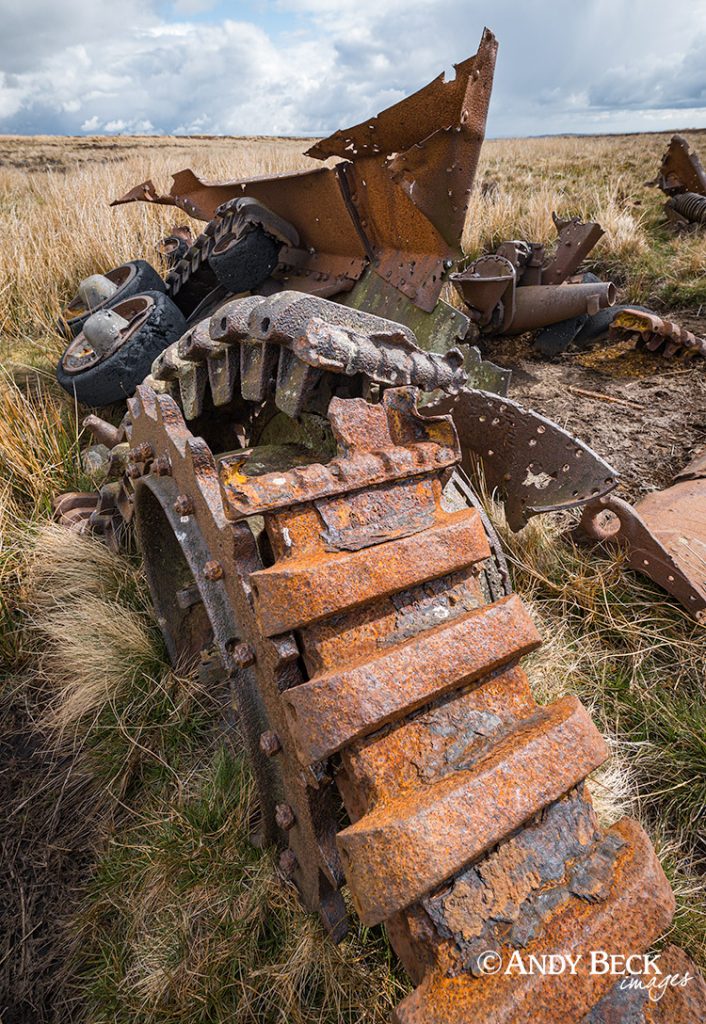
There is something almost “sculptural” about these remains. Large chunks of metal on this open landscape seem so out of place but they connect the area to our past. There seems to ne no explanation as to why this wreck was left on site. Tanks such as this were often placed on training grounds when their working days were over. They acted as targets for ground troops or artillery. Some would say they are a blot on the landscape, whereas others would leave them where they are. If this should be removed then perhaps so should the old railway wagon?
From the wreck I re-traced my steps back to the trig column. I could see the heavy rain moving closer through the dale. Time to make my way back to the start. I picked up the indistinct footpath and headed east before turning right (south-east) along another path over the moor.
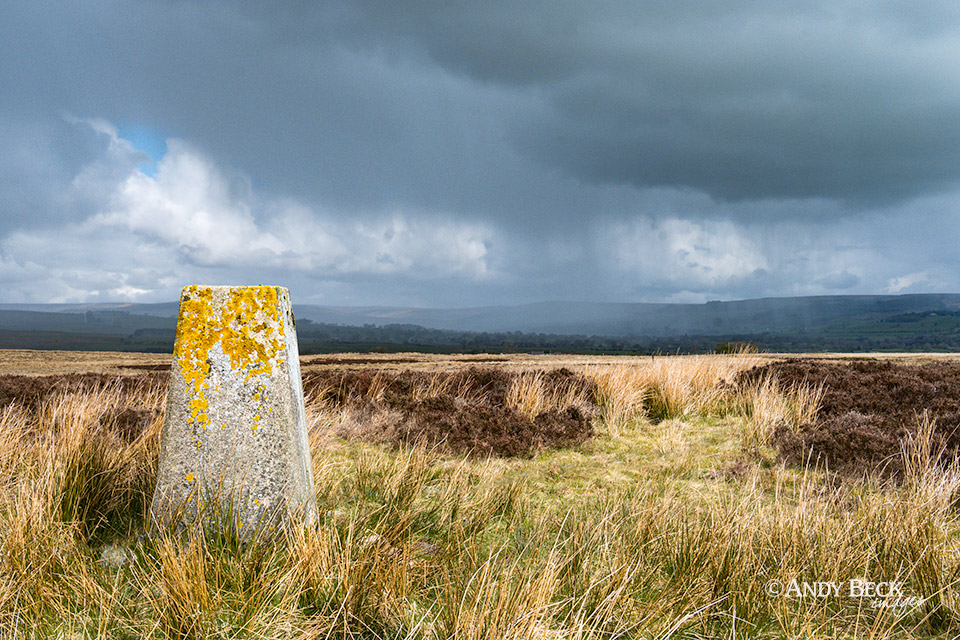
Suddenly, right beside me on the path a bird flew up vertically from the grasses. The distinctive call of a snipe. There, right by the path hidden in the undergrowth was a neat little nest of four eggs. A quick photo and I moved on. If the bird had sat tight I would never have seen it. A nice little bonus.
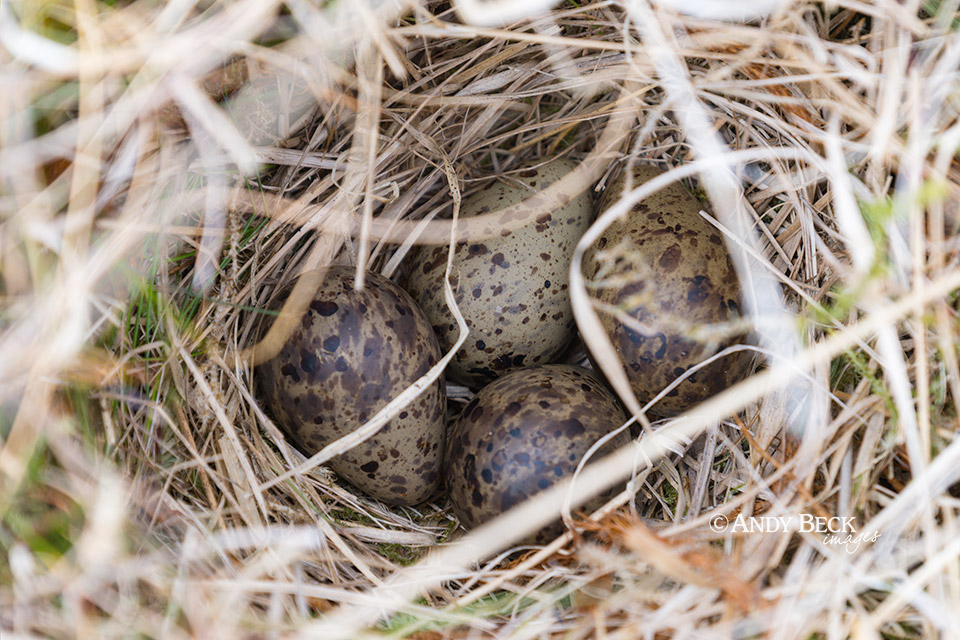
Soon were were back at the car. Not the longest or most strenuous of walks but one with plenty of interest.
Thank you for taking the time to read. Feel free to ask questions or comment.


Hi Andy. Good blog. The tank museum have identified it as a mk9 and not a valentine. This reduces it to one of only of only 150 made and 2 survivors. It has rare experimental tracks and sprockets – only 4 had these and none survive. Having trawled through military records and even spoken to locals im am sure it was dragged up here later in the war as an infantry target. It was a very poor design and poorly armoured – rushed into service when war broke out. It would mo take much to blow it apart in such a violent manner as it has little structural integrity compared to other designs. I blow things up for a living and this is a shocking example of an armoured vehicle!!!
Just thought you might like to know.
Cheers. Dave.
Hi Dave, thanks for the comment. Interesting about the Mk9 theory. I have had a bit of a dig around and can’t find record of a “Mk 9” tank of that period, obviously the MKIX of WW1 is well documented. However I did see a Mark 9 Valentine which has a very similar configuration of running gear to the wreck on the moor. If you can find a link that would be great. Interesting stuff though, thanks
My applogies.
Its a Cruiser Tank Mk1 A9
https://tanks-encyclopedia.com/ww2/gb/A9_Cruiser_MkI.php?amp
Dave
No problem Dave.
I appreciate your input
Thanks